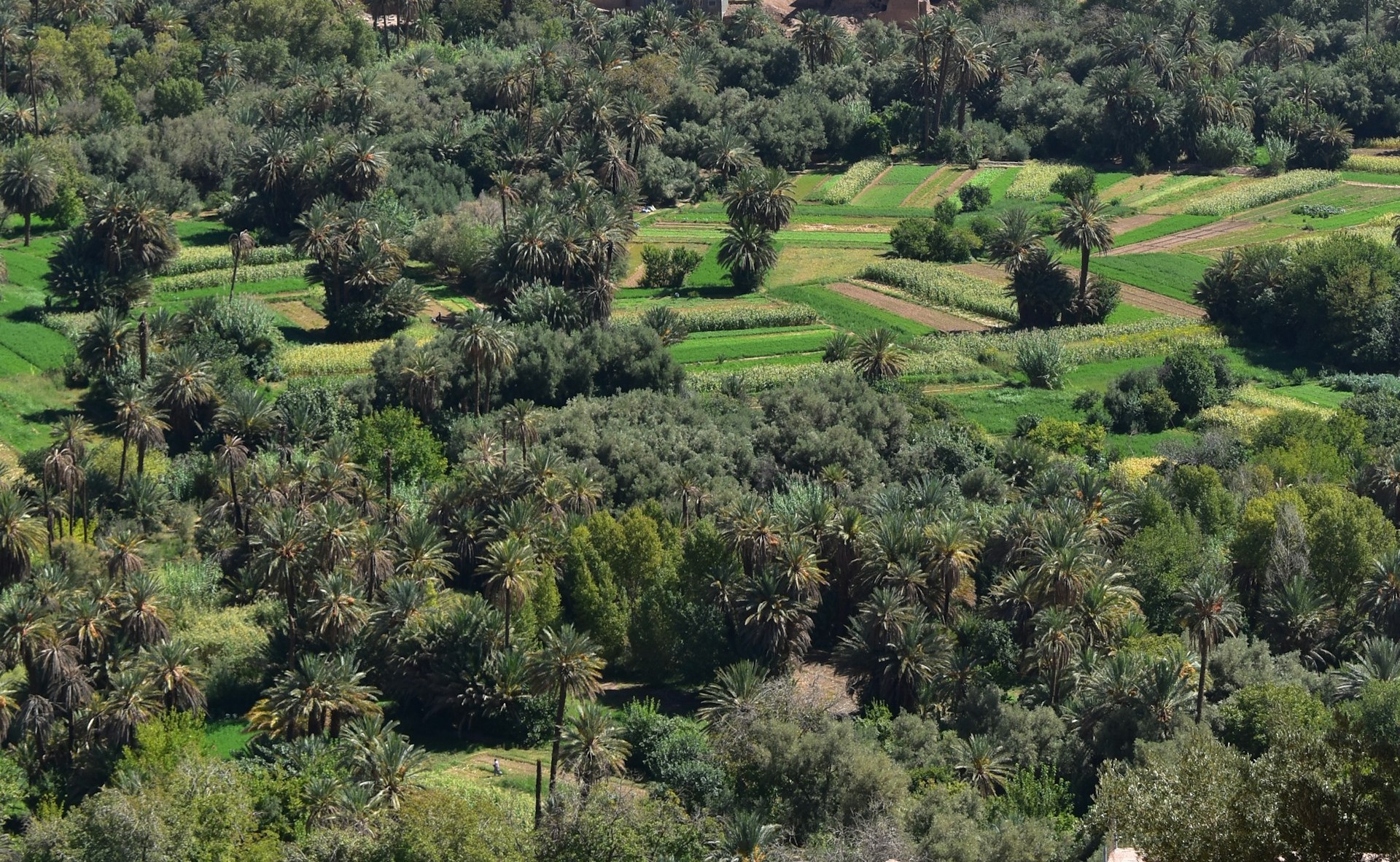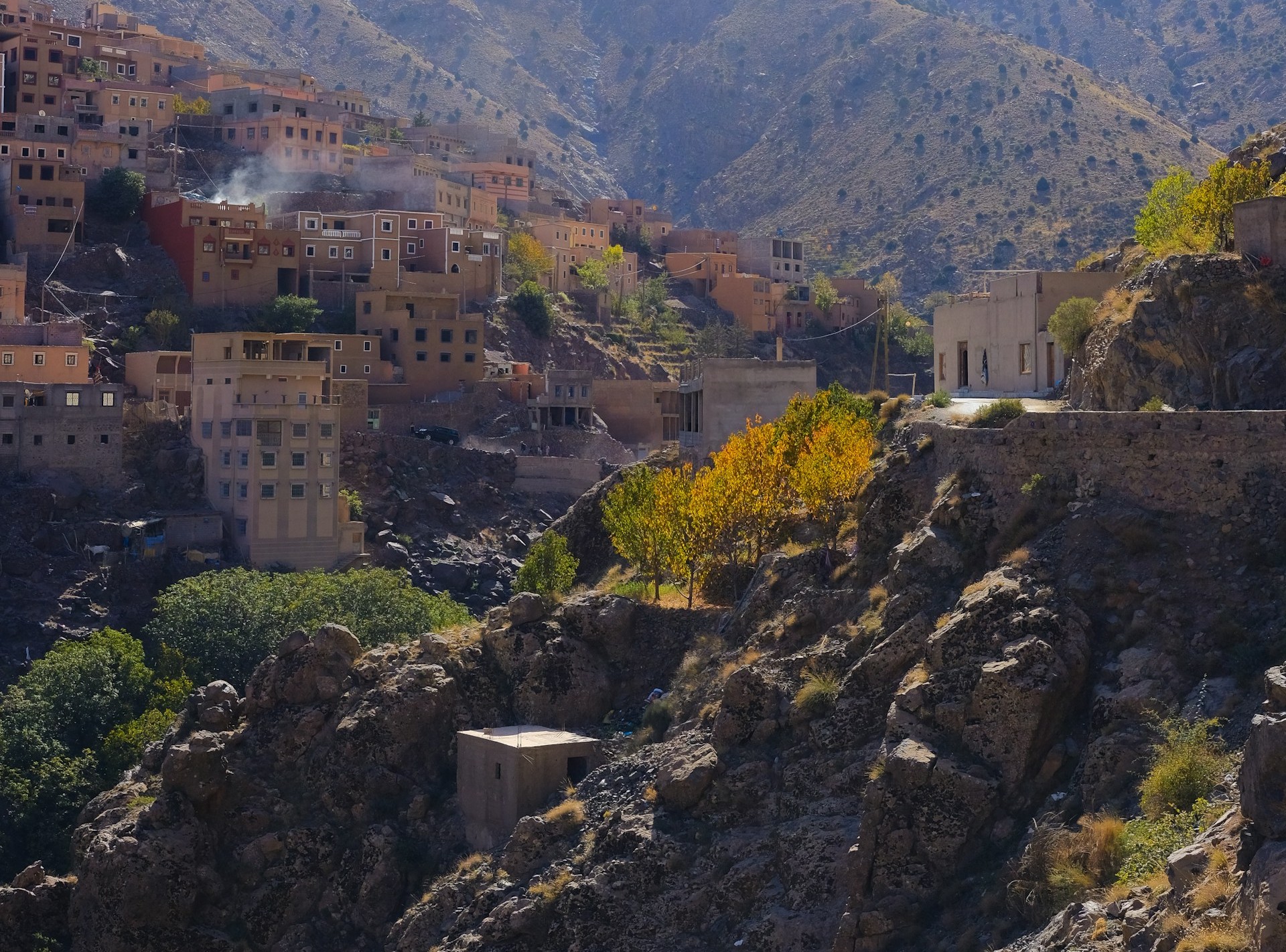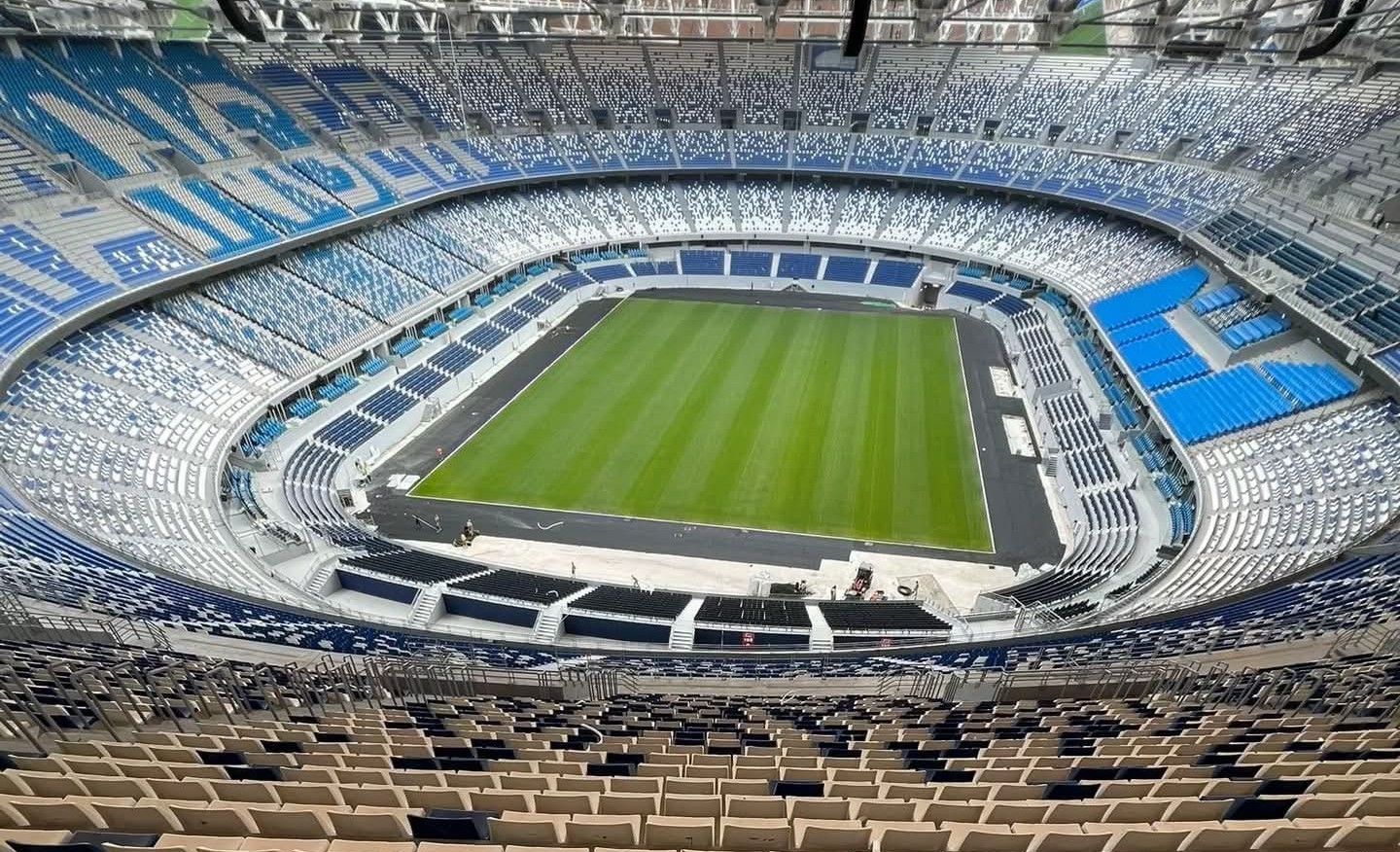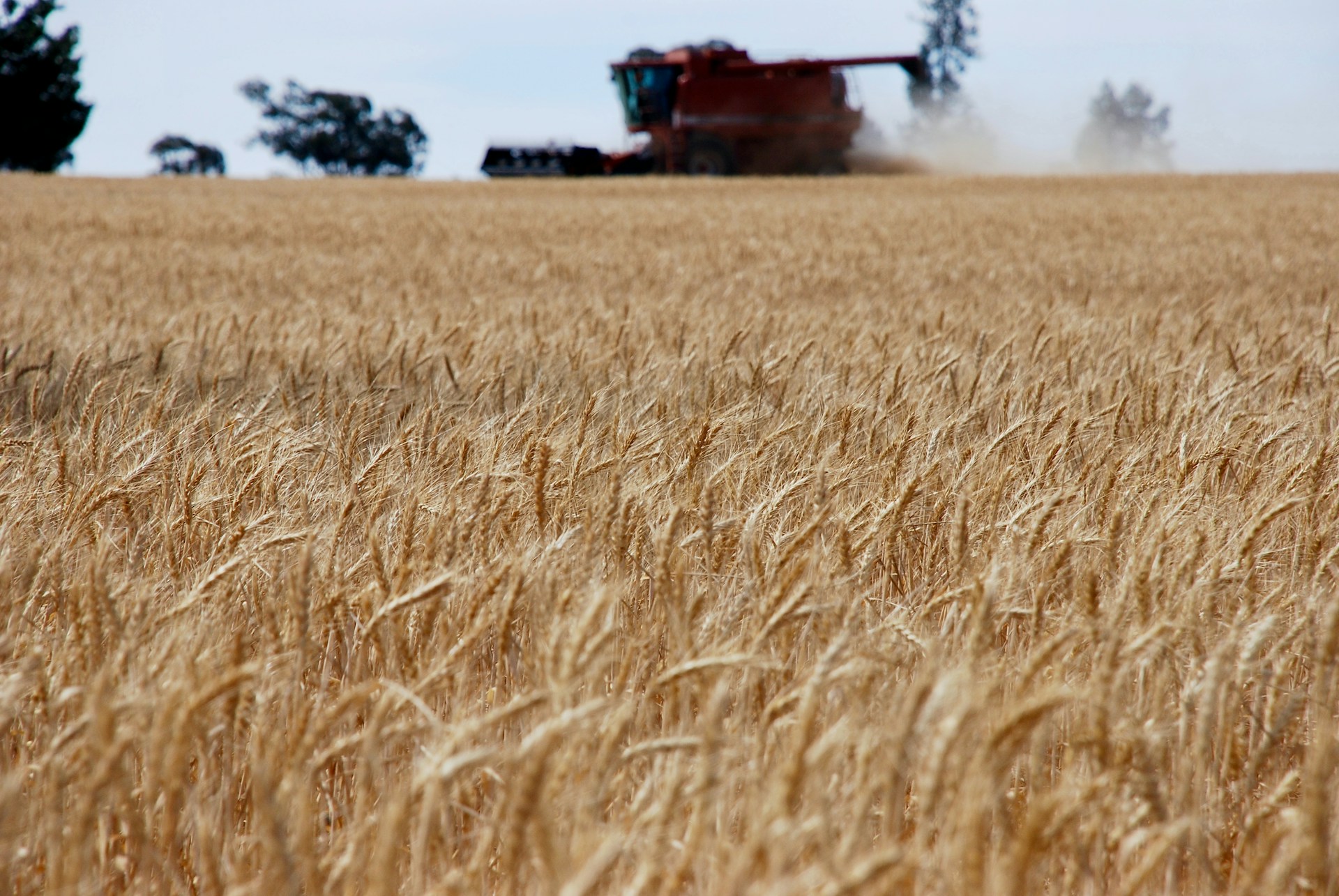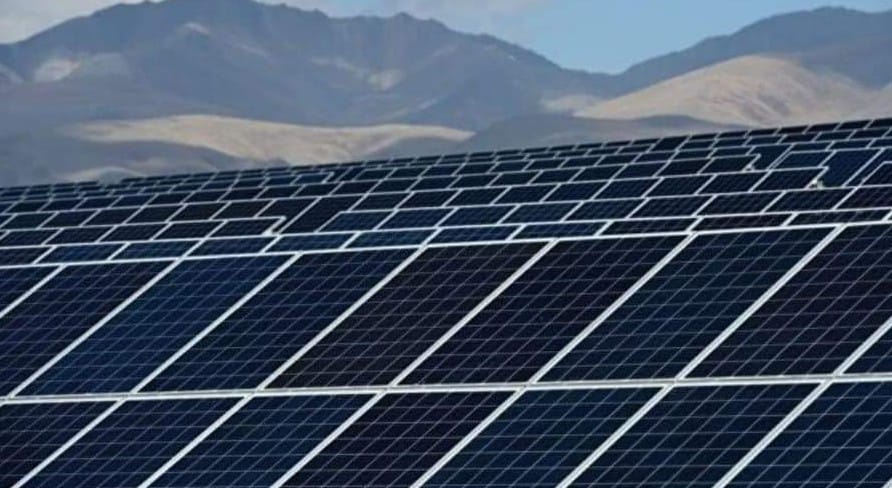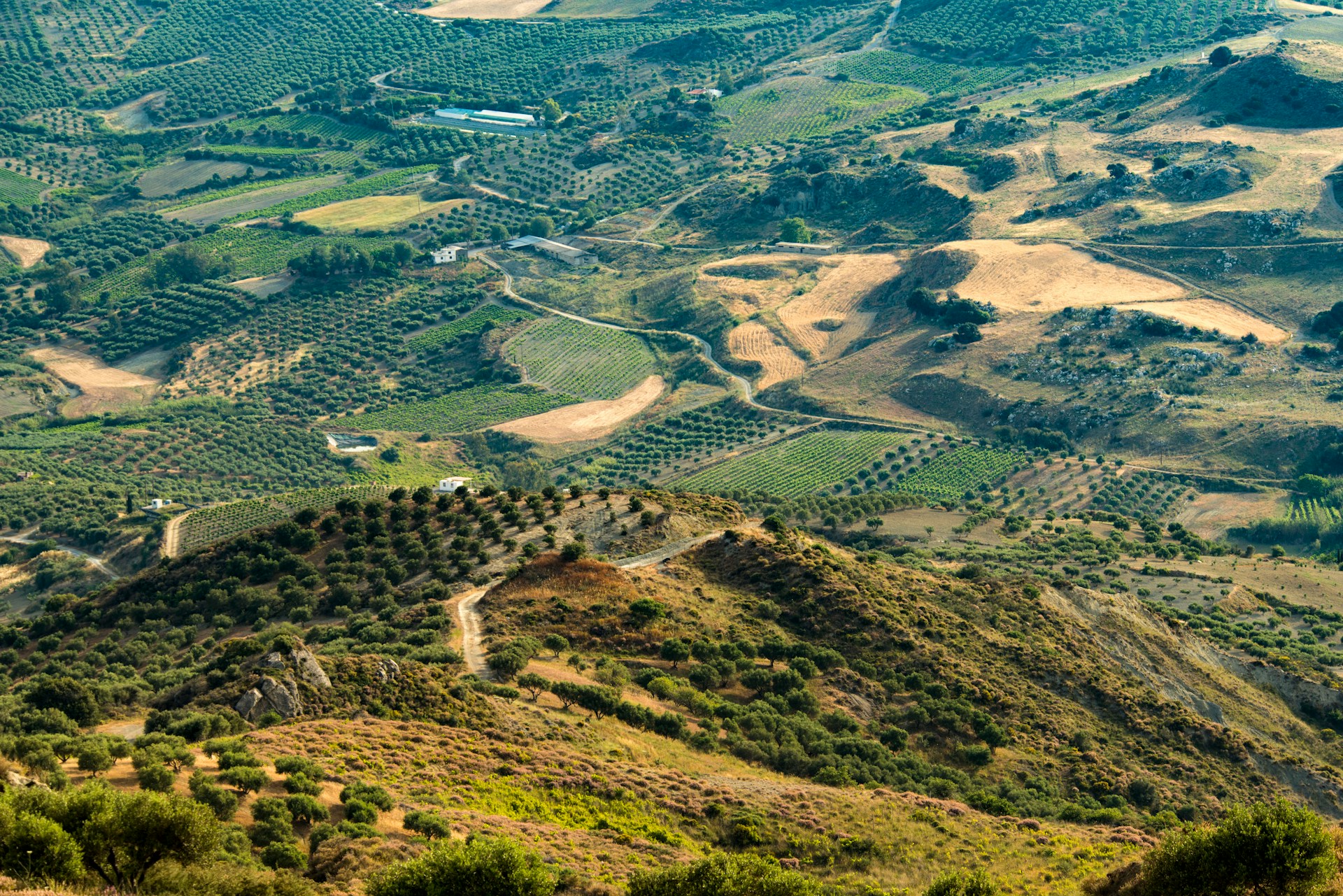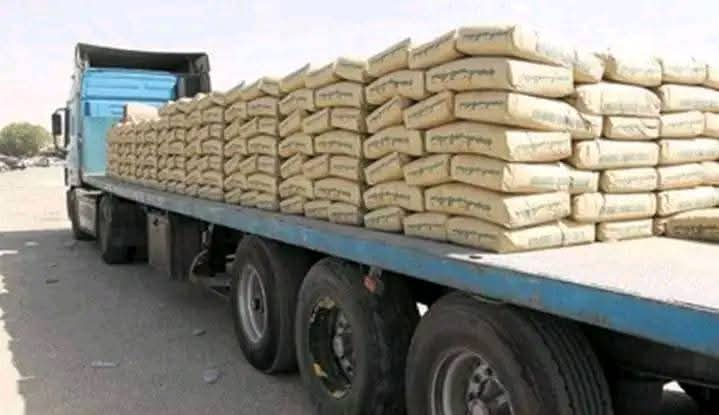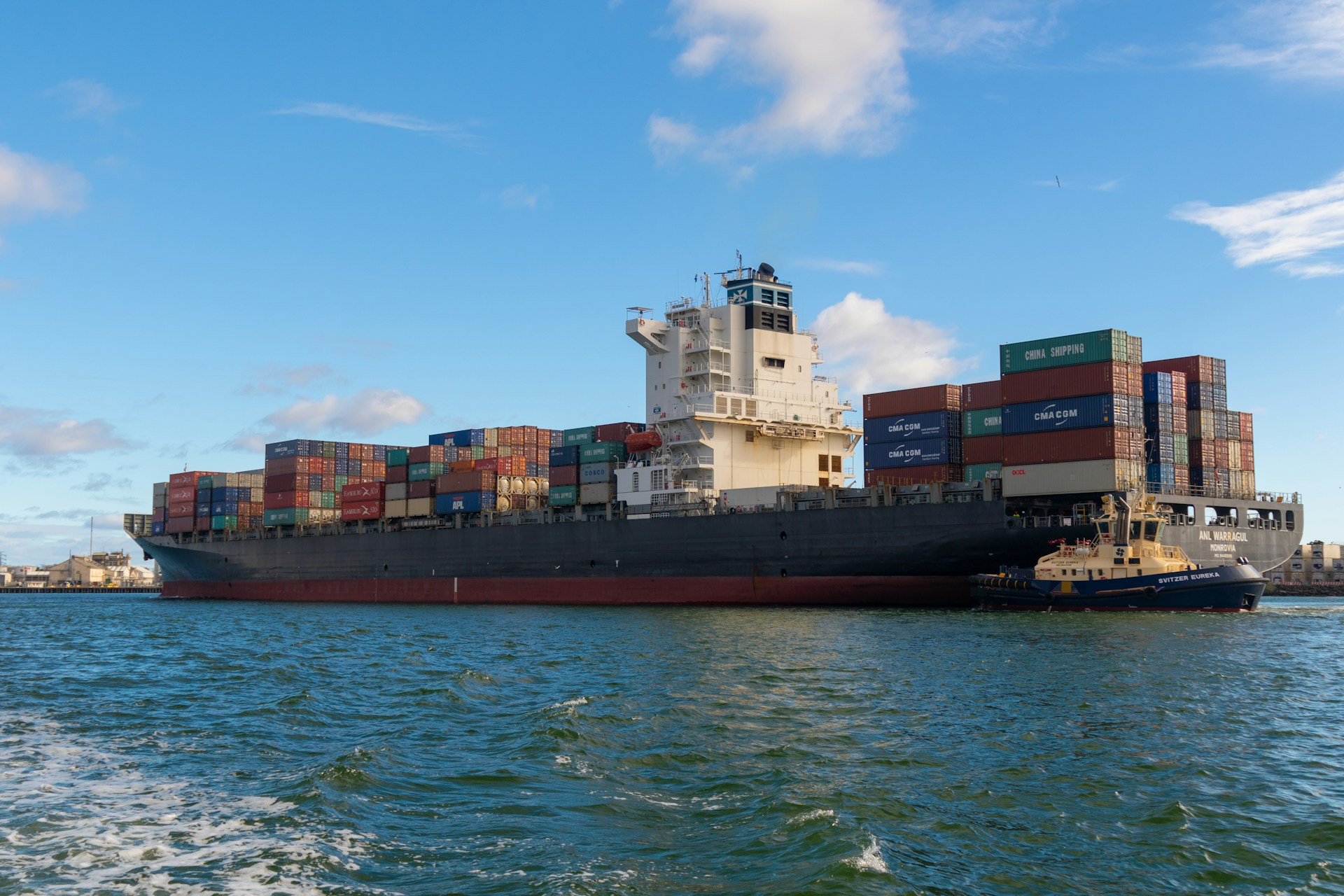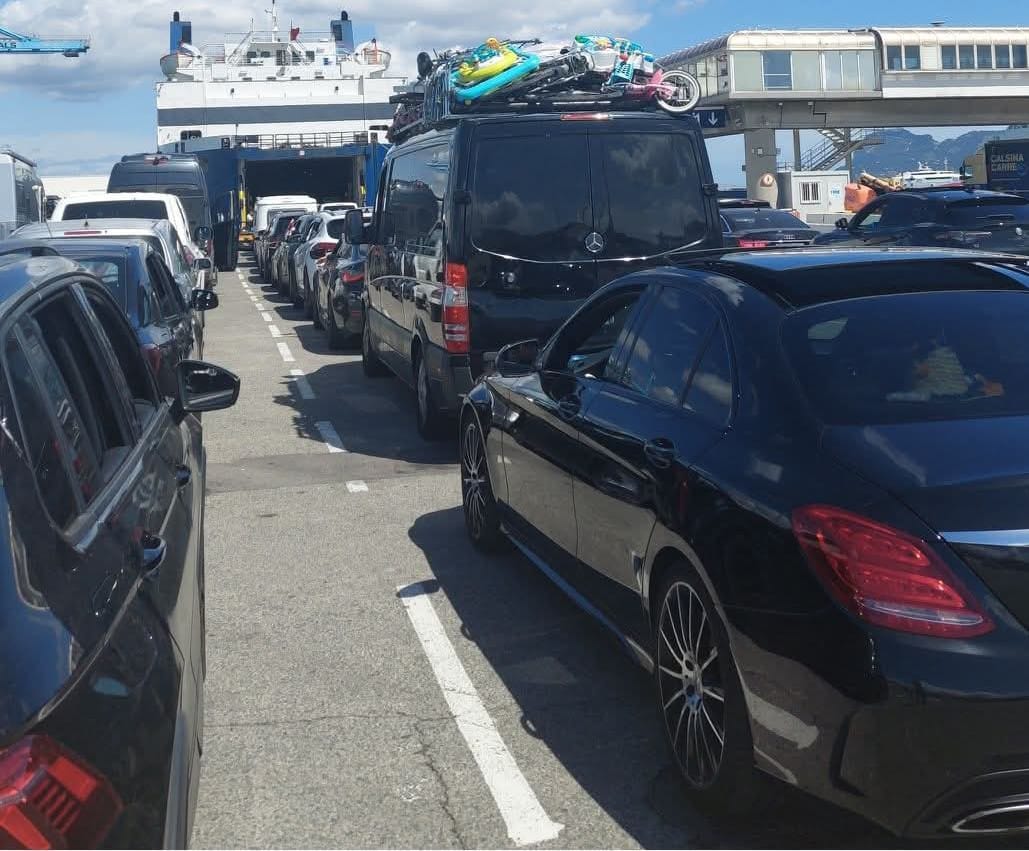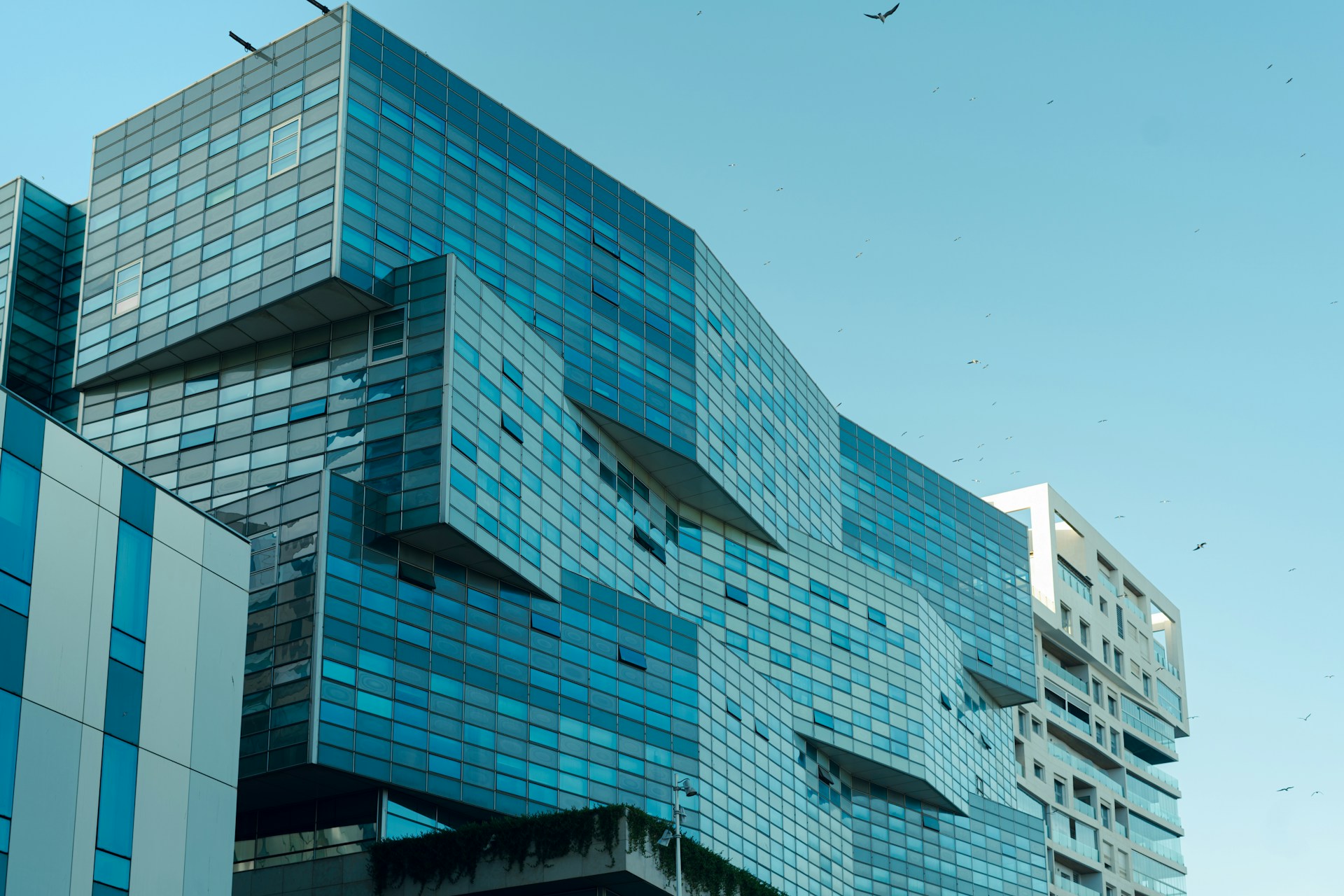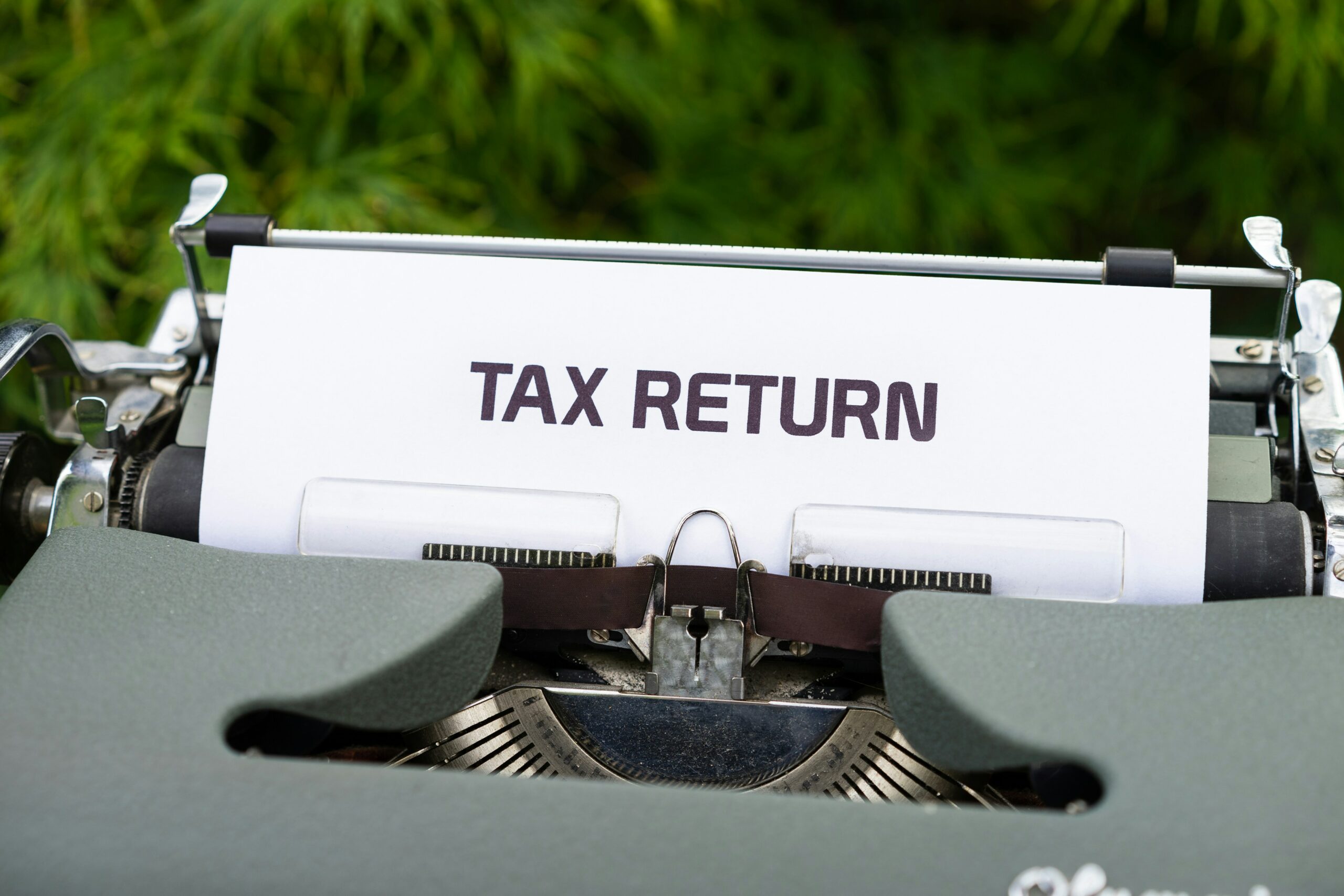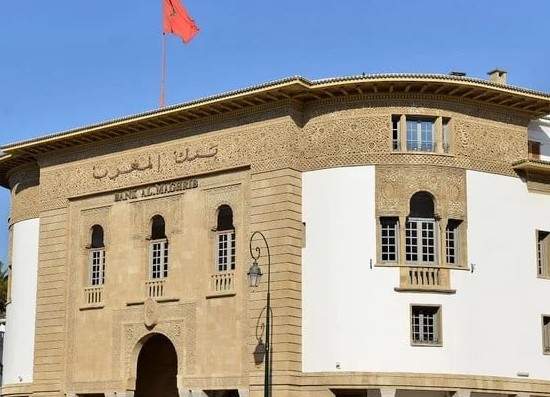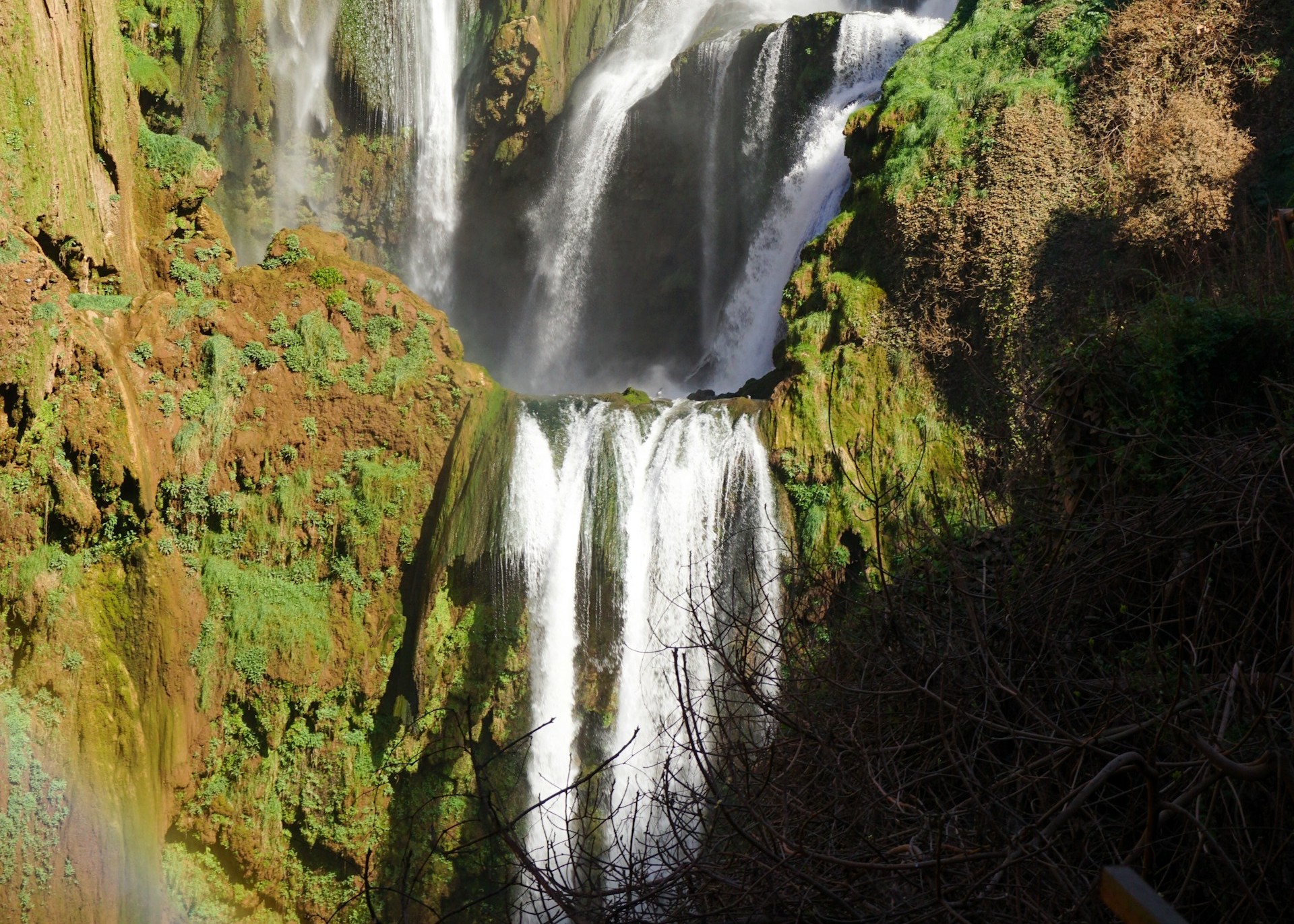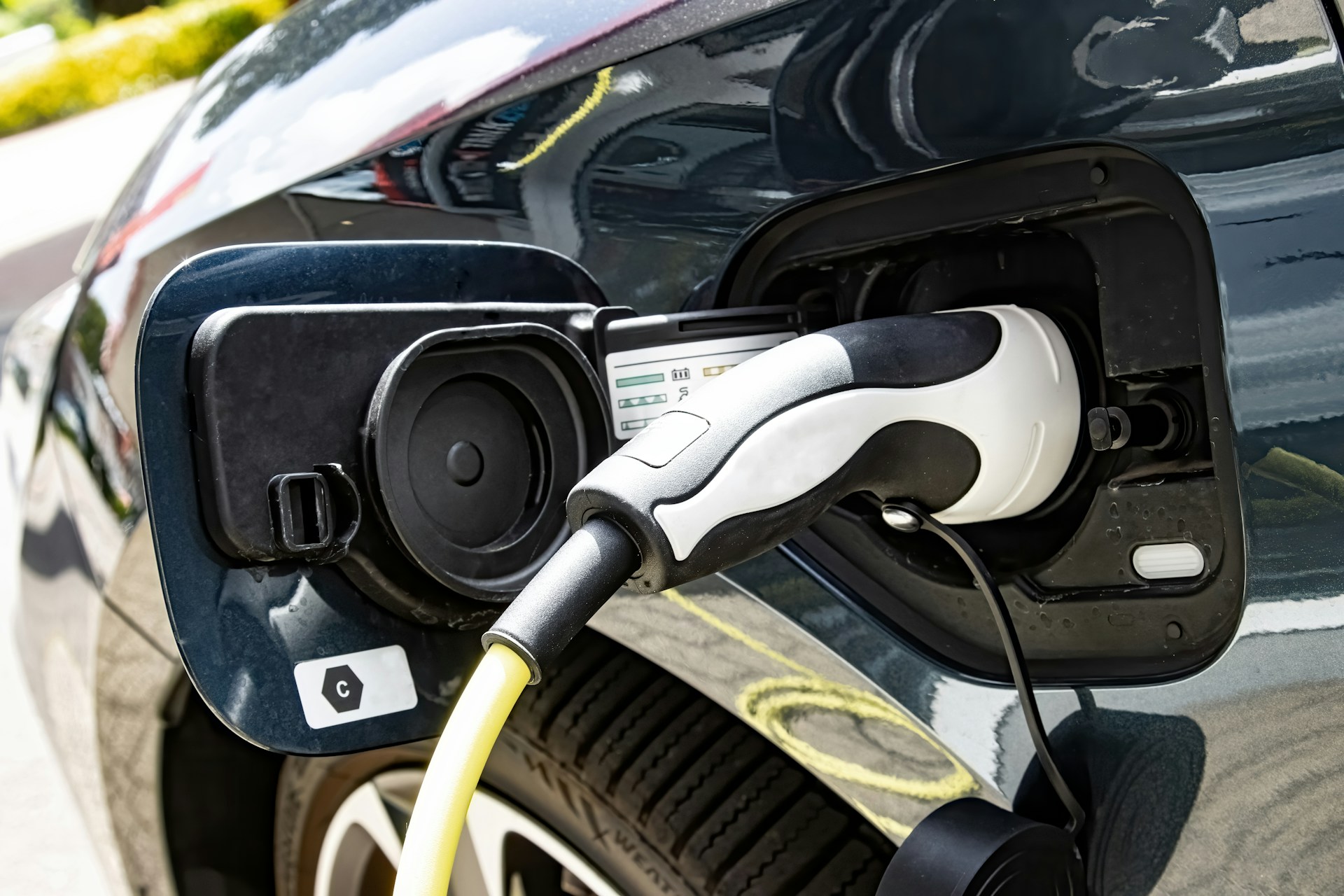Casablanca – Morocco is making significant strides in its ambitious renewable energy transition, aiming to enhance electricity production from sustainable sources as it prepares to host the 2030 FIFA World Cup. The nation is undergoing transformative infrastructure developments to ensure it meets the anticipated energy demands for this prestigious international event.
According to reports from the Moroccan Ministry of Energy, the country plans to generate 1.4 gigawatts of electricity from renewable sources by 2027, primarily harnessing the vast potential of the Moroccan Sahara. A budget of approximately $2.2 billion has been allocated to achieve this target, underscoring Morocco’s commitment to sustainable energy solutions.
This initiative will focus on harnessing wind and solar power, leveraging substantial investment interests in the desert region, which is noted for its favorable conditions for renewable energy production. Recently, several leading international companies, including French firms, have expressed interest in investing in the Moroccan Sahara, particularly after France affirmed its recognition of Morocco’s sovereignty over the region.
In a notable development, Airseas, a French company specializing in offshore wind energy, opened a research center in Dakhla in July, backed by an investment of about $5.2 million. Additionally, Paris has indicated its willingness to finance a high-voltage line connecting Dakhla and Casablanca through Proparco, a subsidiary of the French Development Agency focused on private sector investments.
Currently, the renewable energy capacity in the Moroccan Sahara stands at approximately 1.3 gigawatts, accounting for about a quarter of the country’s total renewable energy output. Several private investors in Morocco are also looking to establish a 3-gigawatt cable to connect renewable energy stations in the Sahara to central regions of the kingdom.
Morocco has cemented its position as a leader in renewable energy initiatives, highlighted by the inauguration of the Noor Ouarzazate solar plant in 2016, which was recognized as the largest solar power facility in the world at that time. In a further commitment to expanding its renewable energy capacity, Rabat launched a tender in April for the “Naseem Nord” wind energy program, aiming for a capacity of 400 megawatts in northern Morocco.
Currently, renewable energy constitutes 40% of Morocco’s overall electricity capacity, with a target to increase this figure to 52% by 2030. The Moroccan government is not only focused on achieving energy self-sufficiency but is also striving to position itself as a significant energy supplier to Europe, capitalizing on its strategic location and strong partnership with the European Union.
Leila Benali, Morocco’s Minister of Energy Transition, recently announced an ambitious program to quadruple investments in renewable energy to $154 million annually between 2024 and 2027. She emphasized that Morocco has successfully increased its clean energy production to 4,600 megawatts, driven by numerous projects initiated in recent years as part of a national strategy centered on efficiency, development, and regional integration.
With these advancements, Morocco is well on its way to establishing a robust renewable energy sector, ensuring not only its energy security but also contributing to global sustainability efforts as it prepares for one of the world’s most watched sporting events.
